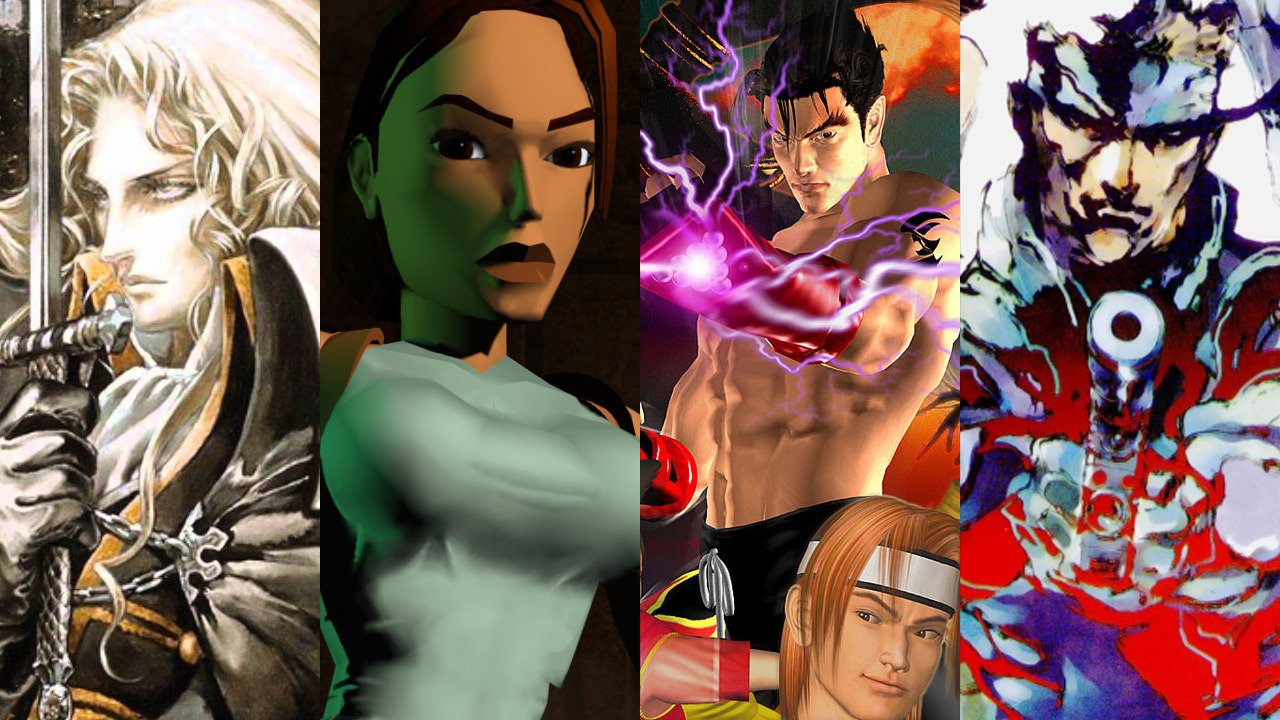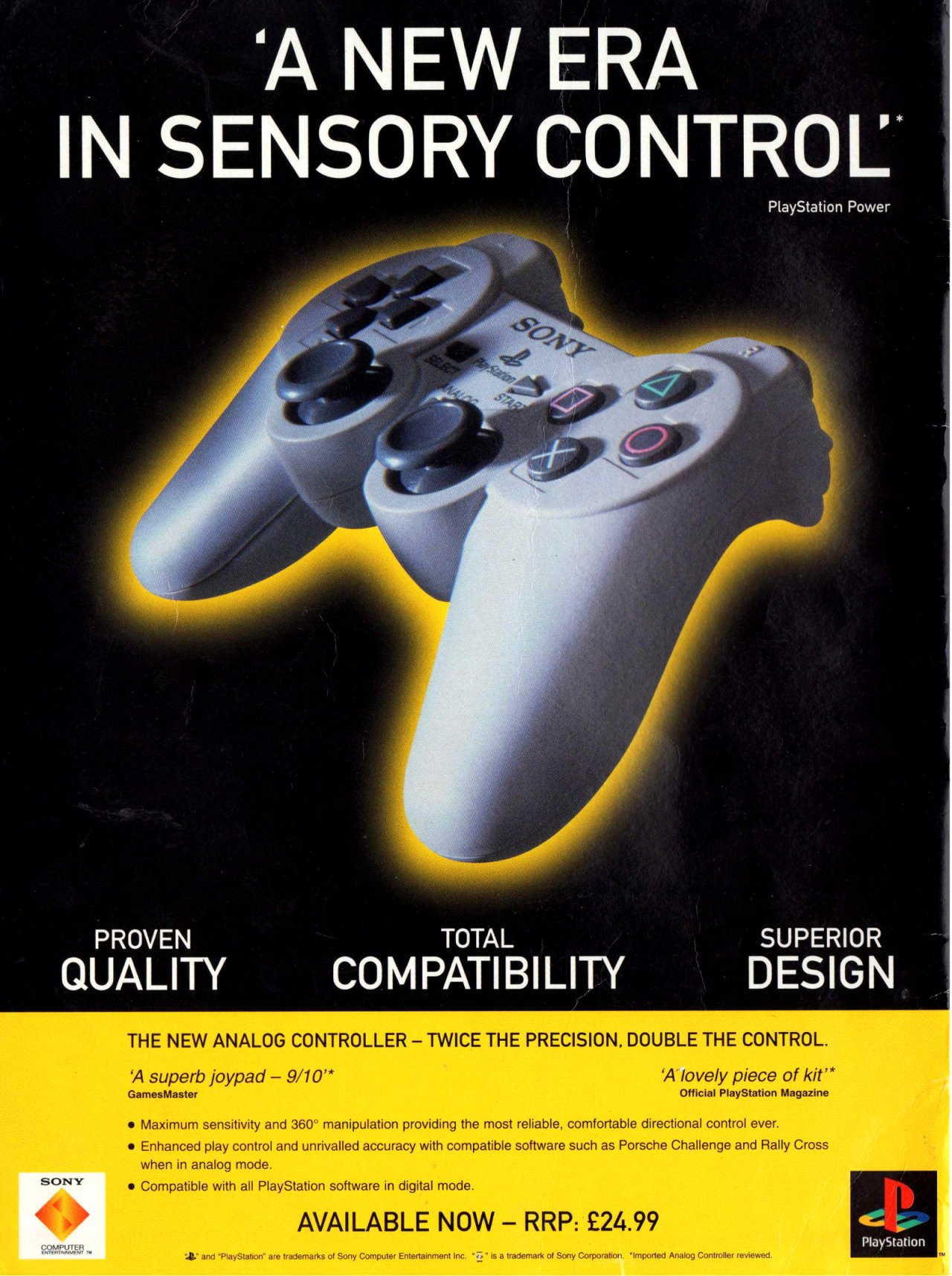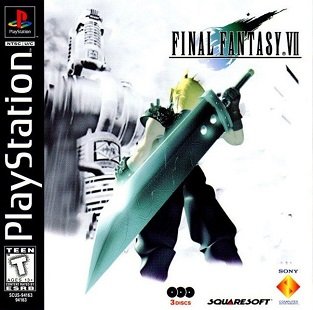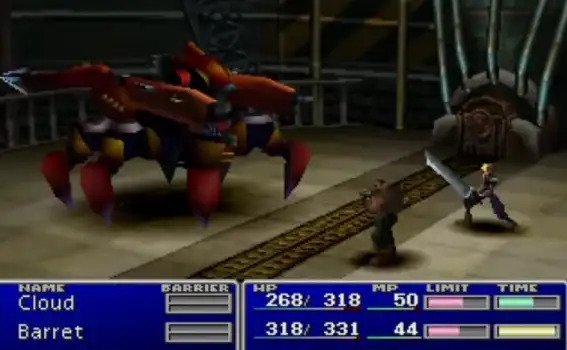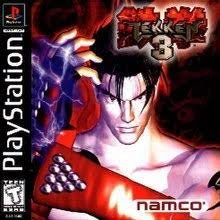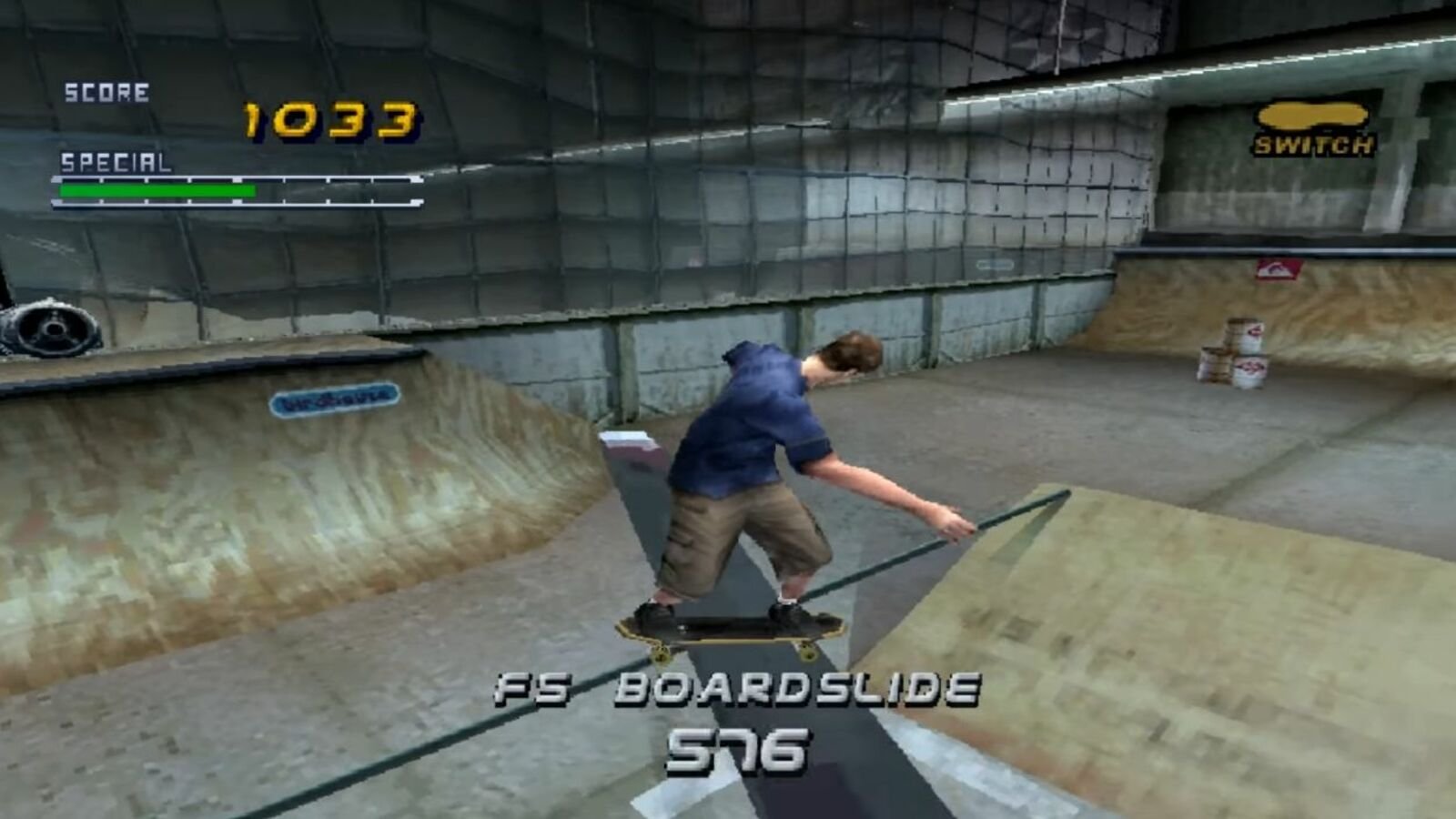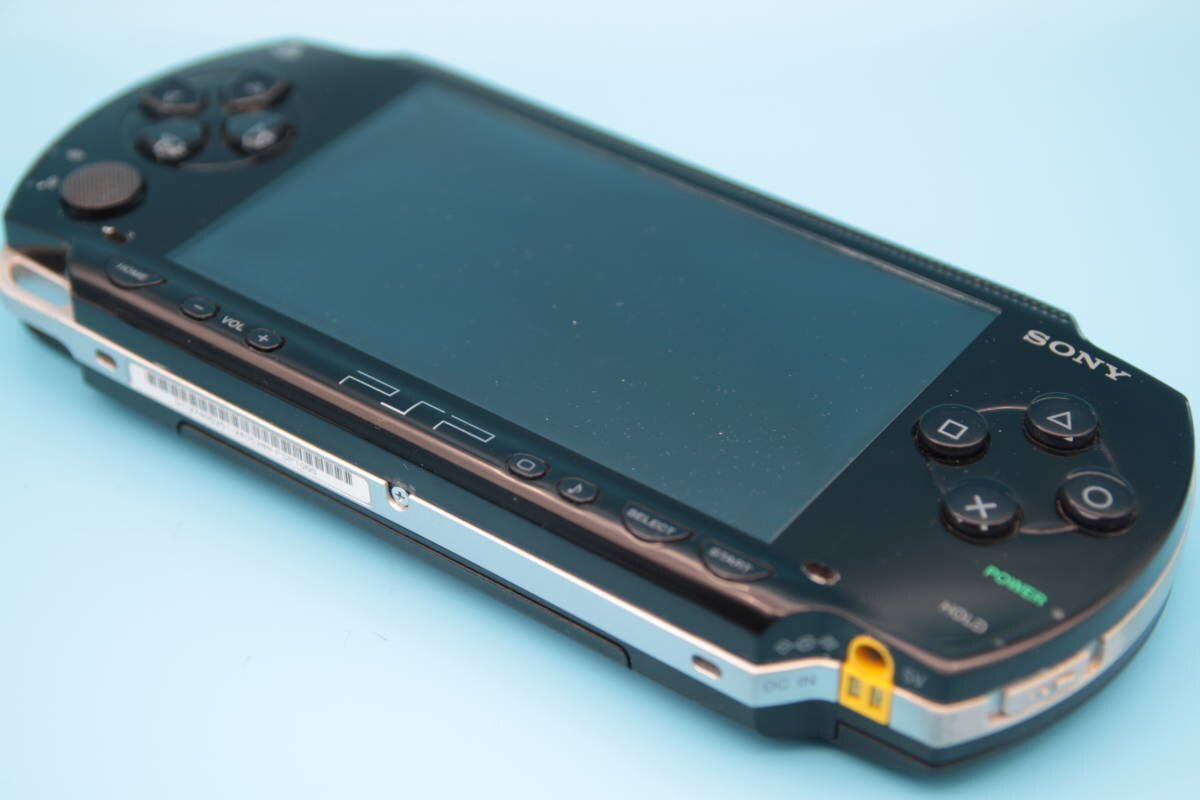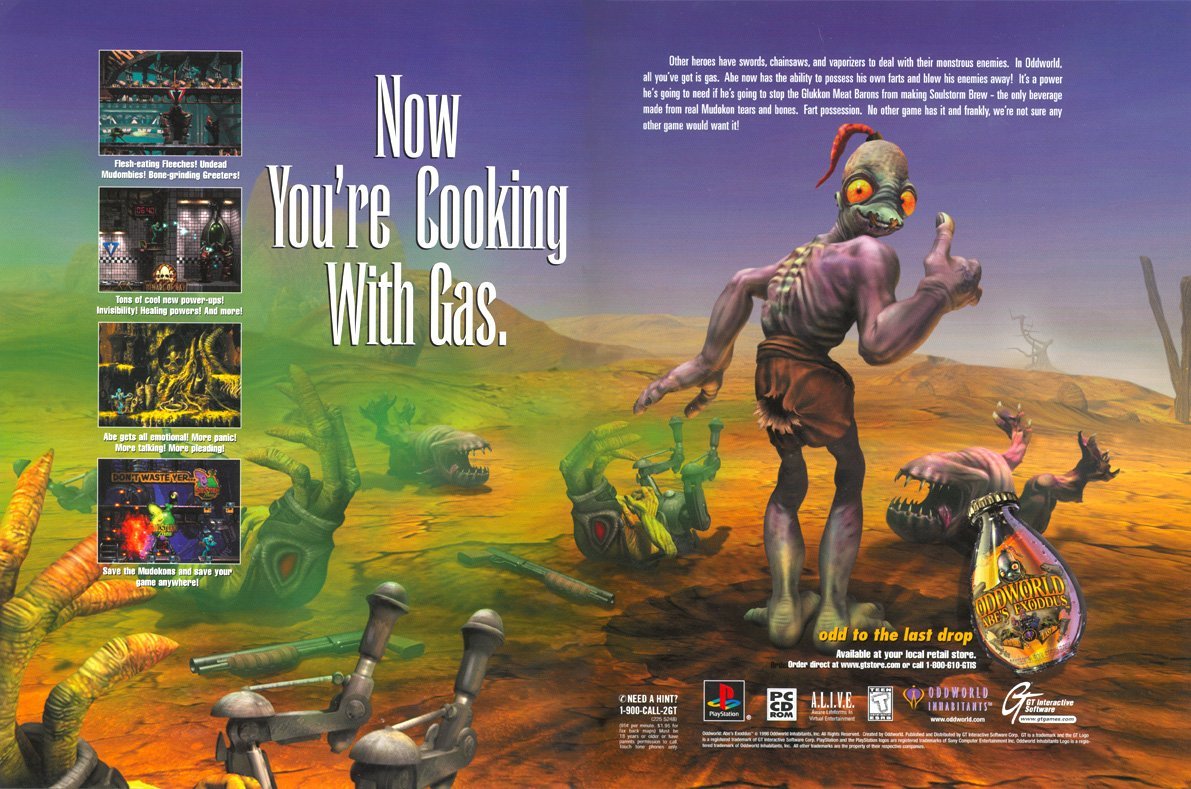The Small but Mighty Console King: The PlayStation
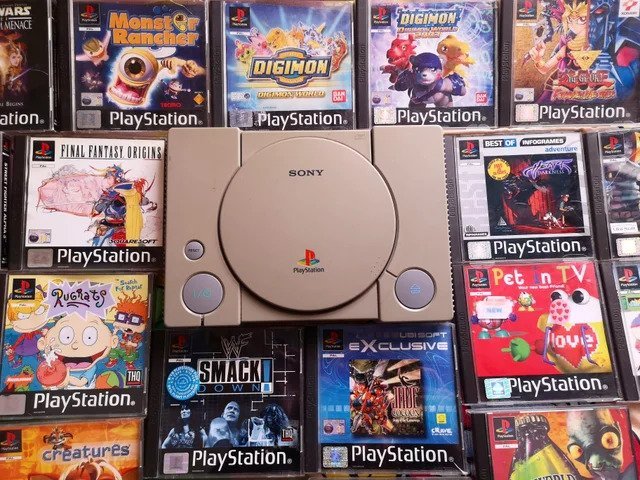
Before the days of ultra-crisp 4k rendering, ray tracing, and lifelike acting in video games there was a time when simple mechanics, fuzzy graphics, and janky controls reigned supreme. The dreaded acronym that is ‘DLC’ would be a thing of the distant future and we wouldn’t require an endless catalogue of tasks to complete in a huge open-world RPG to keep us happy. Instead, we were fulfilled with the simple joys of watching a cartoon bandicoot spin at high speeds, breaking boxes, and eating apples.
We now expect so much more from this industry than ever before, and the times spent growing up and sitting side by side with our friends racing cars on a 19-inch screen are a thing of the past. Those days now seem like a prehistoric memory in the timeline of gaming, but although these days are seemingly lost to never return, the memories will never fade.
The proverbial nostalgic fire still blazes on in our heads whenever we think about those late nights playing the original Resident Evil’s in freight or the first time we ever heard the Sephiroth theme music. These times, although distant, will stick with us forever, and many of these occasions are the byproduct of a small but powerful machine that set the president for future gaming – This is, of course, the original PlayStation.
Released in Japan at the end of 1994 and throughout 1995 for the rest of the world, the PlayStation 1 would go on to sell over 100 million units worldwide and still remains as the top 6 best-selling consoles of all time. Developed by none other than the tech giants Sony, it was originally created to compete with the Nintendo 64 and the Sega Saturn. This grey piece of hardware would in fact do much more than just compete though. It would instead dominate, starting a chain reaction of console wars between Sony, Nintendo, and Microsoft for generations to come.
There would be many reasons why the PlayStation dominated this era. The console itself was a thing of beauty both mechanically and aesthetically. Coming in a cool grey colourway with an open top lid to put the disc in made the hardware tactile and [believe it or not] futuristic. Everything from the gamepad design, which was hardly touched or redesigned until the PlayStation 4’s major revamp, to the goosebump-inducing sound design of the bootup menu [any gamer knows what we’re talking about here], the PlayStation oozed exceptional character.
Although the N64 had on paper better technological capabilities, it was limited due to it only being compatible with cartridges which now seem like fossils in modern times. Cartridges, although charming in aesthetic, are much smaller and can hold much fewer amounts of data. This meant that the PlayStation, which worked on CD-ROMS and was the first console to introduce this, could handle much bigger, broader, and braver games at a time when developers were tapping into the true potential of home gaming. This allowed for expansive 3D gaming.
This then leads us on to the crux of why the PlayStation would go down in history so profoundly, and why many of us when thinking about fond memories of gaming are always drawn back to this era of gaming perfection: the PlayStation's excellent library of games. Countless franchises would be born on this machine, and many still to this day are receiving remastered, sequels, or spin-offs. This would be down to the clever tactics of Sony who before launching the console created Sony Computer Entertainment, a creative division to contribute to games and console development for the PlayStation. Additionally, they signed up 250 video game developers to build a library of games for the console, which meant that consumers had a plentiful list of options right from the beginning.
This CD-ROM capability would be the thing that ignited the PlayStations fire, as developers were more interested in developing higher quality and more sophisticated games that could not be achieved on cartridges. One in particular, which many also allude to as the pivotal moment for PlayStation, was Final Fantasy VII. Square, the games developers, after 6 titles made for the Nintendo consoles would shift its focus to the PlayStation, producing a game that many critics called ‘the game that sold the PlayStation’.
The creative talent during the mid to late 90’s when it came to world-building, character development, and downright enjoyable gameplay was astonishing. Although it was a time when we were certainly much more easily pleased with anything that could project itself onto a screen, there is no denying that some of the best empires of gaming were built on the PlayStation: Resident Evil, Silent Hill, Metal Gear Solid, to just name a few. When you think about the best video game franchises of all time, many start at one place - The humble PlayStation 1.
Because of this, sabukaru has compiled the ultimate list of PlayStation 1 all-stars, taking a trip down memory lane and rediscovering the exceptional library that made this era of gaming truly one of the best. We will explore the popular, the forgotten, and the games that changed the future of the industry forever.
Final Fantasy VII
Let’s get the glaringly obvious out of the way first. The aforementioned Final Fantasy VII is a game that goes down in history as one of the greatest games ever made. Etched into the history books of the industry, this game truly had it all and at the time of release opened up an entirely new perspective of what could be achieved from home gaming.
Released in 1997, this JRPG boasted a giant list of credentials: an incredible soundtrack, visually stunning graphics, turn-based combat that was both deep and challenging, and to top it all off a story which has stayed in the minds of fans for now 25 years. With twists and turns at every corner, Final Fantasy VII takes you on a journey that you never wanted to come to an end. As a big factor in why the PlayStation was such a huge success in the first place, it rightfully deserves a spot in this list.
Gran Turismo 2
Often described as the king of all racing games, Gran Turismo 2 is a perfect example of what racing simulators should be. Selling close to 10 million copies worldwide, Gran Turismo 2 was released in 1999 and offered an unappareled amount of content at the time. With over 600 cars and 27 tracks to choose from, this beats most modern racing games even by today’s standards.
The gameplay was simple and this is exactly why it was so addictive. With mechanics that worked and put you behind the wheel of supercars, this PlayStation 1 racer would set the bar for racing games moving forward; a bar that many developers are still trying to reach. This was the glory days of side-by-side gaming with your friends as you raced in 2-player mode across the plentiful list of tracks.
Tekken 3
A fan favourite at sabukaru and for good reason. Tekken 3 is a game that still echoes in the hall of fame and is considered to be a pivotal moment in the history of competitive fighting games. Released in 1997 for arcades and then ported to PlayStation in 1998, this was the first Tekken that introduced 3D capabilities and mechanics adding much more complex and versatile gameplay.
With a vast cast of characters including fan favourites such as King, Kazuya, and Yoshimitsu, Tekken 3 expanded on everything that the previous two games did and added even more. Smooth and dynamic combat paired with a storyline that although ludicrous exudes charm allowed Tekken 3 to shine above its younger brothers and made it one of the best fighting games of the 90s.
Spyro: Year of the Dragon
This purple dragon has become synonymous with PlayStation. As a true mascot of the console, Spyro the Dragon is still a beloved character with the original trilogy only fairly recently receiving a remaster in beautiful HD graphics. Year of the Dragon is the 3rd instalment, marking the final game of the original trilogy, and much like Tekken had all the qualities of its predecessors but also boasted improvements at every angle.
Released in 2000, nearing the end of the PlayStation 1’s era before the PlayStation 2 would replace it on the throne, Spyro: The Year of the Dragon had wonderful graphics, loveable characters, and addictive gameplay. As a platformer/action game, you played as a purple dragon as he runs, flies, and breathes fire through its expansive levels.
Resident Evil 2
We’re confident that almost any gamer has played at least one Resident Evil. Whether it be the recent remakes or cult-classic Resident Evil 4, you would have likely picked up a pad and left it in a sweaty and sticky mess after the jaw-clenching tension these games exude. But none still match up to the horror that resident Evil 2 created back in 1998. You play as Leon S. Kennedy and Claire Redfield who must escape Raccoon City after its citizens are transformed into zombies. Sounds fun, right?
As a survival horror game, Resident Evil 2 did what so many games today still do not; cause genuine fear. The game was difficult, and in being so created even more of a sense of urgency and stress for the player. Add this to the fact that the world around it was horrifyingly creepy and the controls and camera angles did no favours to the player, this amounted to one of the greatest [and in many cases worst] survival horror experiences in gaming even by today's standards.
Tony Hawks Pro Skater 2
Tony Hawk Pro Skater 2 in all its glory is what many would call the perfect skating game. For generations developers have tried to mimic the awesome and versatile gameplay of this gem, but none have quite been able to achieve it. Released in 2000, this game saw you shredding through skate parks and environments racking up points by doing tricks and listening to one of the best soundtracks in gaming history.
Pro Skater 2 truly perfected the art of skateboard gaming, adding a certain flow to its gameplay that although now would be deemed as nothing short of rocky, at the time felt like butter. You could seamlessly hop from one place to the next, flipping and grinding your way through levels as you aimed for high scores. It was addictive, competitive, and made you keep coming back.
Oddworld: Abe’s Oddyssey
Abes Oddyssey is a very good example of why games that don’t have you play as guys with oversized muscles and shoot oversized guns are still something to take interest in. On the surface, Oddworld: Abe’s Oddyssey is a simple platforming game which sees you roaming around its world, solving puzzles, and progressing the story, but as you explore a little bit deeper, this 1997 cult-classic game offers so much more than what its dreary and gloomy world makes out.
Abes Oddyssey is a critically acclaimed game for its unique gameplay mechanics, incredible world-building, deep and rich narrative, and unique art direction. Truly memorable, the game has you control Abe, an alien that sets out on a mission to save his fellow species from being slaughtered and has you liberate as many of his fellow enslaved friends as he can. Although simple, what follows is a deep journey that tells a rich story of Abe’s character, meeting iconic characters along the way.
Castlevania: Symphony of the Night
Compared to others on this list, Castlevania: Symphony of the Night looks arguably the most dated considering this was a time of 3D revelations. This only adds to the respect it should be paid though for being such a pivotal game for the era, as it is still known to be one of the best games of the time period. Released in 1997, Castlevania has you play as Alucard, Dracula’s son, as he explores Dracula’s infamous castle.
Castlevania: Symphony of the Night is one of the most unique additions to the list as its gameplay is vastly different to most. Being a Metroidvania game, this means that it is more of a nonlinear exploration game. The action took the back seat, and although it did have combat features the primary focus was to explore, solve puzzles, and dive deep into its world. This opened up a whole new level of diversity and complexity, and although the game sold poorly on the initial release, it made up for it by creating a cult-like following through word of mouth.
RaParra the Rappa
Probably the most unique game on this list, which is exactly why it has earned a spot, RaParra the Rappa is what many describe as the very first true rhythm-based game. With a unique graphical style of merging 2D and 3D together, the artistic vision sits on the knife edge of incredible and uncomfortable. Regardless of if you loved or hated this style, it still gets credited for breaking normalities.
The gameplay was the reason why this game shines, creating a rhythm-based game that was both addictive and rewarding. Moving through levels you had to repeat buttons in sequence with correct timings. This was challenging, and what looked to be a child’s game quickly developed into a tense memory game if you wanted to get everything perfect.
Crash Bandicoot: Warped
One that all should have seen coming, the loveable and dopey brown Bandicoot was bound to land a spot on this list. Crash is one of PlayStation's most iconic mascots, and the original trilogy is still deemed as some of the greatest true platformers of all time. We could have picked any of the original trio to have a spot on this list but Warped, the third in the series, takes the cake as being the best.
Maintaining what we all loved about Crash Bandicoot, Warped brought in even more substance and with the use of time travel in the story made it so that levels were diverse and beautiful. Being a platformer that was unforgiving, challenging, and undeniably fun, the Crash Bandicoot games did not need a solid storyline. Instead, we were more than happy to run, jump, and spin our way through levels endlessly watching this furry fellow swallow apples like they were sweets.
Crash Team Racing
Crash is so iconic in fact that it earns two spots on this list. Crash Team Racing is here for a vastly different reason though; mainly because it took on a monumental task that many would deem impossible but it achieved it whole heartedly. Unlike the usual gameplay of Crash games, CTR, as you’d expect, was a racing game. It featured the entire cast of loveable characters crash had met along the way and put them against each other in go-kart-like racing vehicles.
The reason why Crash Team Racing is so profound is that it took on Mario Kart, the ultimate game in this genre. At the time, no one dared to venture into the same realm as Nintendo’s behemoth of a game, but CTR did so and truly earned the respect it deserved. Borrowing many of Mario Karts' features such as power-ups and track fluidity, the PlayStation iteration stacked up to its Nintendo counterparts and gave the company some much-needed competition.
Tomb Raider
Once again, a franchise that almost all would know. Tomb Raider is a cult classic and has since seen sequels, spin-offs, remakes, and even an empire of films. It is still today getting new games, and we see no sign of this stopping. The game has you play as Lara Croft, archaeologist-adventurer and all-round badass, while looking for an artefact called the Scion of Atlantis.
The gameplay was truly remarkable for its time, putting you in incredibly diverse and intricate levels. With a focus on puzzle solving, this broke up the gameplay from the occasional shooting of enemies and made for a memorable game which laid the foundations for many to come after it. Having been released in 1996, this game is now over 27 years old and still looks as charming as ever.
Silent Hill
The PlayStation was a golden era of survival horror games, and Silent Hill was up there with fan favourite Resident Evil. Released in 1999 and published by Konami, Silent Hill had a certain aura to it which shrouded it in mystery and horror [you could it was foggy]. The game was praised for trailblazing a new type of path in survival horror games by not focusing on traditional scare tactics but instead taking a more phycological route. This added a new level of depth to the freight and had people discussing the game like no other horror game at the time.
The gameplay was fairly simple, using a third-person perspective as you attempted to find your daughter in the town called ‘Silent Hill’. He discovers a cult conducting a ritual to revive a deity, and the rest that follows we’ll leave for you to explore. The game was praised for the sheer atmosphere it created, truly making you feel uncomfortable and on edge at every ghastly turn. With 5 endings to achieve that depended on certain actions taken throughout the game, Silent Hill was incredibly ambitious for its time and its often described as one of the greatest horror games ever developed.
Vagrant Story
Another classic developed by Square, creators of Final Fantasy, this action role-playing game took many of the elements that made Final Fantasy fantastic but created its own identity pillar and unique characteristics through certain mechanics and story narratives. Released in 2000, Vagrant Story unfortunately never received a sequel but has since been rereleased to enjoy a more up-to-date HD version.
What made Vagrant Story stand out above the rest was its focus on weapons rather than character relationships. The game featured no shops and no player interaction with other characters; instead, the game had you craft weapons and modify them, adding a level of strategy to the gameplay which was deep and intricate.
Metal Gear Solid
The finish of our list is a game that could well be the best of them all. Metal Gear Solid is by all sense of the word a masterpiece and changed the course of gaming forever. Released in 1998 and created by the legend Hideo Kojima, the blend of stealth, action, and story makes Metal Gear Solid to be not only one of the PlayStation games released but one of the best games of all time.
You play as Solid Snake, a soldier who infiltrates a nuclear weapons facility to neutralize a terrorist threat. This short description only scratches the surface of this incredibly dense and deep story, and although often critiqued as confusing, the narrative of Metal Gear has you immersed in a world that feels alive and never-ending. The game was critically acclaimed for its gameplay, beautiful sound design, compelling story, and memorable characters. Every gamer needs to play this game.
Text by: Joe Goodwin









